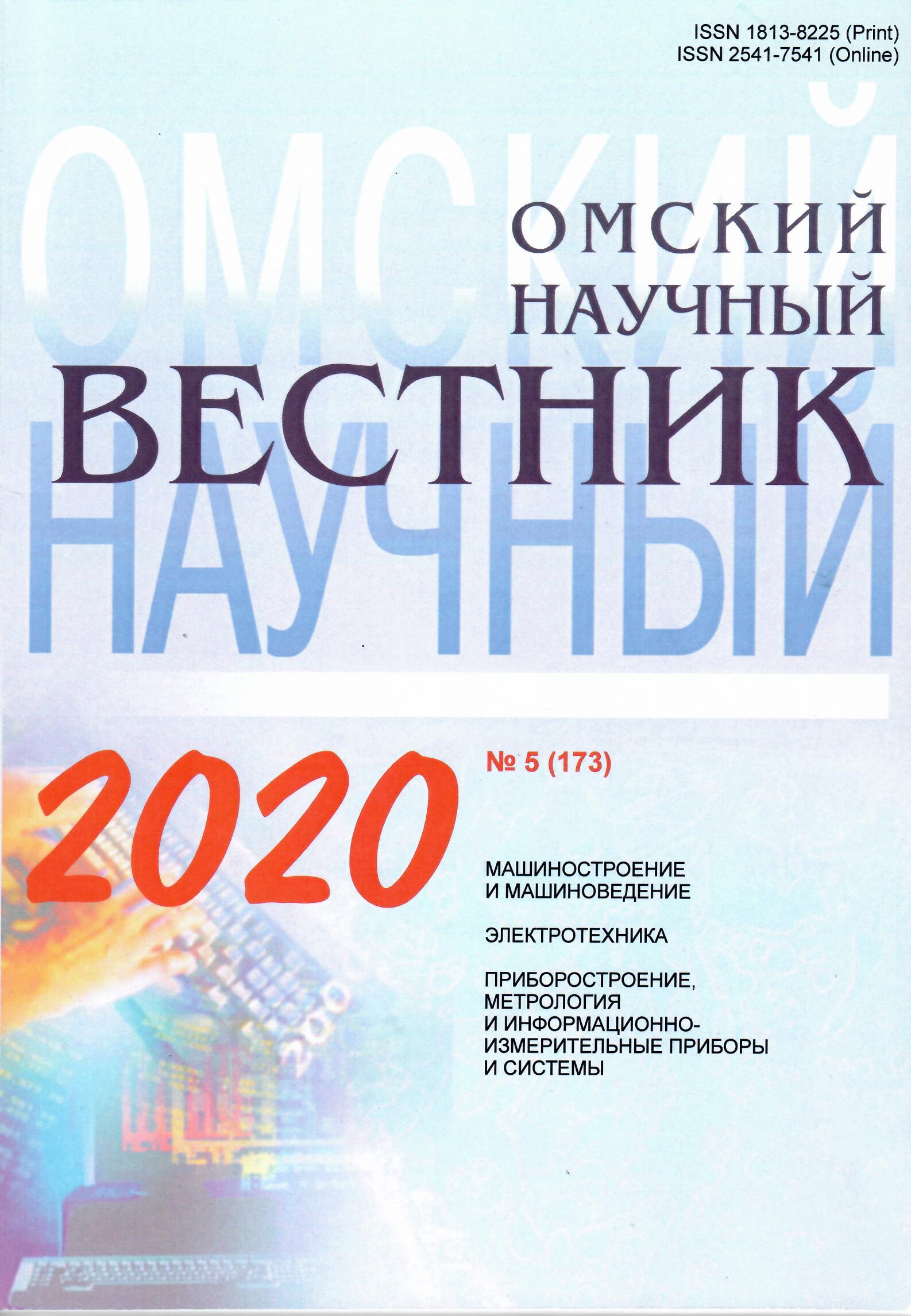Three-axis electrical induction sensor of electric field strength in form of three mutually perpendicular disks
DOI:
https://doi.org/10.25206/1813-8225-2020-173-67-73Keywords:
three-axis electric field strength sensor, frameless electric field strength sensor, disk electric field strength sensor, electric field strength, error from field nonuniformity, electrometric measurementsAbstract
Measuring the parameters of electric fields affecting technical and biological objects is impossible without the use of electric field strength sensors. Accurate measurement and control of electric field strength levels is challenging. This is due to the fact that the intensity is a vector quantity, characterized not only by the modulus, but also by the direction. The existing wide variety of strain gauges of various shapes (cubic, cylindrical, spherical), the principle of action (directional and non-directional reception) and design features (case, bodyless) do not provide the desired metrological characteristics. Therefore, the work related to the development of electric field strength sensors does not stand still and is relevant. The aim of the study is to create a frameless threeaxis sensor of electric field strength, the calculation of which would be simple as for the case, and the simplicity of design and low weight as for the frameless sensors. The sensor created as a result of research is structurally represented by three mutually perpendicular dielectric disks, the bases of which are conducting sensitive elements. The sensor depending on the desired error has a different spatial measurement range and the larger the error, the wider the range. For a measurement error not exceeding 10 %, the maximum possible spatial measurement range will be a = 0,4. Therefore, the minimum possible distance to the field source, at which the sensor error does not go beyond 10 %, will be d = 2,5R, where R is the radius of the sensor disk.
Downloads
Published
How to Cite
Issue
Section
License
Non-exclusive rights to the article are transferred to the journal in full accordance with the Creative Commons License BY-NC-SA 4.0 «Attribution-NonCommercial-ShareAlike 4.0 Worldwide License (CC BY-NC-SA 4.0»)




